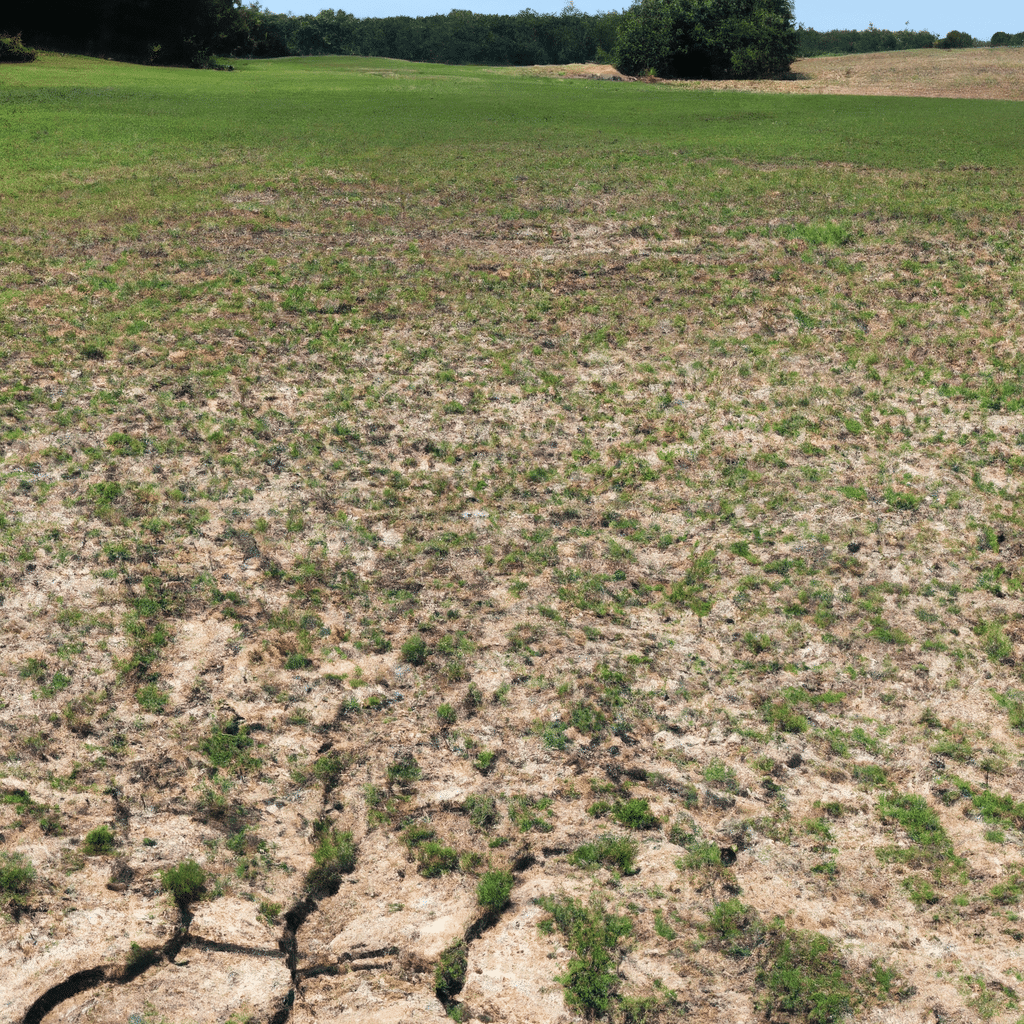In the ever-evolving world of agriculture, there are numerous factors that contribute to the success or failure of a crop. One such factor that often goes overlooked is the practice of crop rotation. Farmers who neglect to implement proper crop rotation techniques may unknowingly be putting their soil health and productivity at risk. In this article, we will explore the hidden dangers of skipping crop rotation and delve into the detrimental effects it can have on agricultural systems.

Understanding Crop Rotation
Crop rotation is a time-honored agricultural practice that involves systematically changing the type of crops grown in a particular field over a period of time. This method aims to break the cycle of pests, diseases, and nutrient depletion that can occur when the same crop is continuously cultivated year after year. By rotating crops, farmers can maintain soil fertility, minimize pest and disease outbreaks, and maximize overall productivity.
The Importance of Soil Health
Soil health plays a vital role in the success of any agricultural endeavor. Healthy soil provides a favorable environment for plant growth, as it contains essential nutrients, beneficial microorganisms, and proper soil structure. Neglecting soil health can lead to a decline in crop quality, reduced yields, and increased vulnerability to pests and diseases.
Impact on Nutrient Depletion
When the same crop is grown repeatedly, it depletes specific nutrients from the soil. Different plants have varying nutrient requirements, and by continuously cultivating a single crop, those specific nutrients become imbalanced. This depletion can lead to nutrient deficiencies in subsequent crops, hindering their growth and overall productivity.
Crop rotation helps mitigate nutrient depletion by introducing different crops that have varying nutrient demands. For example, leguminous crops like soybeans and peas have the ability to fix nitrogen from the atmosphere, enriching the soil with this vital nutrient. By incorporating these nitrogen-fixing crops into the rotation, farmers can naturally replenish the soil with nitrogen, reducing the need for synthetic fertilizers.
Pest and Disease Management
Skipping crop rotation can create favorable conditions for pests and diseases to thrive. When the same crop is continuously grown, it allows pests and diseases that specifically target that crop to build up in the soil and surrounding environment. This can lead to severe infestations and outbreaks, resulting in significant crop losses.
Implementing crop rotation disrupts the life cycles of pests and diseases by introducing different crops that are not susceptible to the same threats. For instance, a rotation that includes non-host crops can break the chain of infection, reducing the prevalence and severity of diseases. Additionally, certain crops can act as natural pest deterrents, providing a chemical-free method of pest control.
Soil Erosion and Weed Management
Continuous cultivation of the same crop can contribute to soil erosion and weed proliferation. Certain crops, particularly those with shallow root systems, are unable to effectively anchor the soil, making it more susceptible to erosion by wind and water. Additionally, specific weeds that thrive in monoculture systems can quickly spread and become difficult to manage.
Crop rotation helps combat soil erosion by introducing deep-rooted crops that stabilize the soil and prevent erosion. Furthermore, by rotating crops, farmers can disrupt the life cycles of weeds, preventing their rapid spread and reducing the reliance on herbicides.
Long-Term Benefits and Sustainability
The benefits of crop rotation extend beyond immediate crop productivity. By practicing proper crop rotation, farmers can ensure the long-term sustainability of their agricultural systems. Healthy soils contribute to improved water retention, reduced runoff, and increased carbon sequestration, making them more resilient to climatic changes.
Conclusion
In conclusion, the hidden dangers of skipping crop rotation can have severe repercussions on soil health and agricultural productivity. Nutrient depletion, pest and disease outbreaks, soil erosion, and weed proliferation are just a few of the challenges that can arise from neglecting this essential practice. By implementing proper crop rotation techniques, farmers can maintain soil fertility, mitigate pest and disease pressures, manage weeds, and ensure the long-term sustainability of their agricultural systems. Let us strive to prioritize crop rotation and unlock its immense potential for a healthier and more productive agricultural future.



